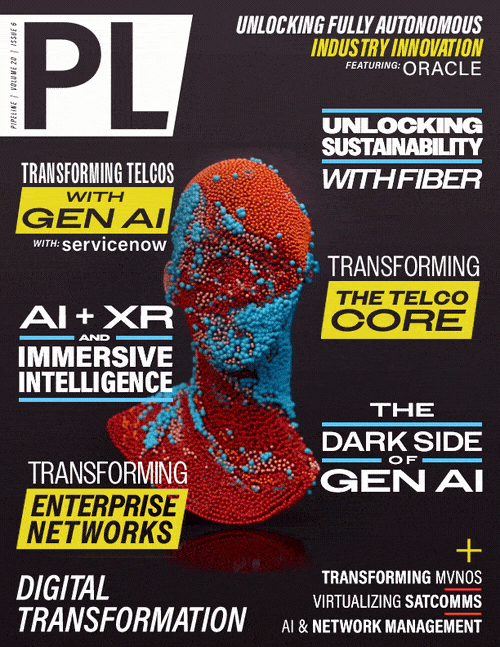Lifeline Program Gets Updated For BroadbandFCC Modernizes Lifeline Program For The Digital AgeThe FCC has approved modernizing and reforming the Lifeline program to help low income consumers get broadband access by subsidizing for the first time stand-alone as well as bundled broadband and voice and data service packagesThe Federal Communications Commission today modernized and reformed its Lifeline program to help low income consumers afford access to the 21st Century’s vital communications network: the Internet. Since 1985, Lifeline has helped make telephone service affordable for low-income Americans. Today, consumers need Internet access for full and meaningful participation in society. Yet 43 percent of nation’s poorest households say they can’t afford modern broadband service. To help close this digital divide, the Order adopted by the Commission today refocuses Lifeline support on broadband, which will enable low-income Americans to share in the 21st Century opportunities that access to the Internet provides. At the same time, new rules build on recent reforms in the program to combat waste fraud and abuse and increase program efficiency. For the first time, Lifeline will support stand-alone broadband service as well as bundled voice and data service packages. To spark competitive service options for Lifeline consumers, the rules will unlock the Lifeline broadband marketplace to attract additional providers. And new service standards will ensure that supported services meet modern needs. The rules significantly strengthen the Commission’s landmark 2012 reforms of the program by establishing an independent National Eligibility Verifier to confirm subscriber eligibility. At the same time the verifier deters waste, fraud and abuse, it will encourage participation by legitimate providers by removing the burden of eligibility screening. Finally, a budget mechanism will limit Lifeline's cost to ratepayers. Specifically, the Order: Provides support for robust broadband
Ensures that Lifeline subscribers receive services meeting 21st Century needs Sets minimum standards for broadband to enable consumers to fully participate in digital society:
Unlocks the Lifeline marketplace to encourage participation by broadband providers, increasing availability and consumer choice
Builds on 2012 reforms to close remaining vulnerabilities to waste, fraud and abuse
Establishes budget mechanism to minimize impact on ratepayers
Retains Tribal lands designation for the Cherokee Outlet in Oklahoma where residents will continue to receive enhanced Tribal Lifeline support These and other changes will fully modernize Lifeline to support broadband service and obtain the highest possible value from the expenditure of Universal Service funds. Source: FCC release | |

















